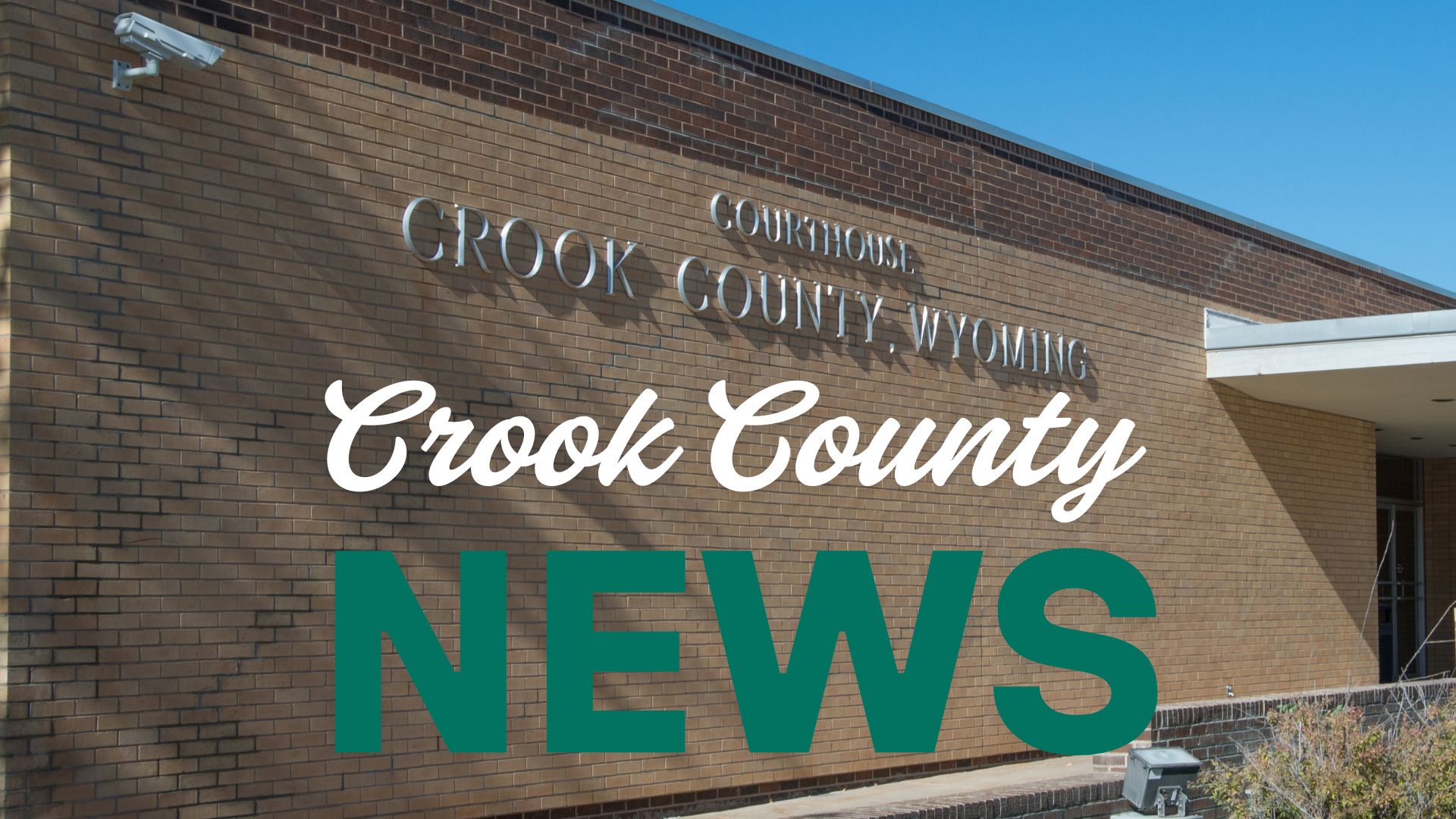Crook County landowners struggle with impact of development

Request to subdivide 40- acre parcels sparks discussion of private property rights
SUNDANCE — Private property rights trump all in Wyoming. This was the message that the county commissioners were forced – somewhat reluctantly – to deliver to a group of landowners who are concerned that the subdivision of a 40-acre parcel in the middle of their neighborhood will disrupt their way of life.
“Shame on her,” said one of the landowners, Pam Yunk.
She was referring to Cheryl Adamson, who was present for the final hearing of her minor subdivision application.
Adamson intends to sell the land and is subdividing in order to facilitate this. The subdivision request would see her 40-acre property on Kimball Road divided into two lots, one of around 24 acres and the other just under 14 acres.
The property, in the northeast of the county, is surrounded primarily by large-acre lots.
Yunk, however, told the commissioners that she is unhappy that Adamson would purchase the land, express how much she loves the area and the lifestyle of homes spread so thinly, and then take a step that would negatively impact it.
“Thirteen acres is just way too small,” said Yunk. “…It just ruins our way of life out here.”
Terry Tirzalee agreed, raising questions such as who will incur the maintenance costs on the required fence.
When Commissioner Fred Devish responded that he believes there may be a clause for cost sharing, she said she would “strenuously object” to this.
Tirzalee also brought up the issue that electrical lines crisscross the area, which could make it dangerous to bring heavy construction machinery in and out, and she questioned what restrictions might exist on density of water wells.
The commissioners, along with Planning Director Tim Lyons and Road & Bridge Foreman Morgan Ellsbury, answered each of her queries.
The state is responsible for permitting wells, for example, while the new owners would have to evaluate safety when construction starts.
Tim Hauck, another landowner in the vicinity, meanwhile commented that he understands property rights mean that, “Everybody is allowed their piece of the pie.”
However, he personally believes that subdivisions should be located close to town. Not only would this be more appropriate as they would be closer to services, he said, but having smaller parcels out in the county is “changing the flavor of it.”
Adamson herself apologized for hurting the feelings of her neighbors, stating that this was not her intent. She said she would be more than happy to consider alternatives to the subdivision for the sale of the land. She would be happy to sell it to the landowner next door, for example.
The commissioners spoke to the biggest concern that the group of neighbors have: the breaking up of large-acre parcels out in the county. Lots of these, including ranches, have been broken up in recent years for various reasons, said Devish.
While he’s not a fan of this happening, it’s a matter of private property rights. If the county stepped in and tried to stop it from happening, Devish continued, it’s fairly certain that the commissioners would end up in court.
While he understands how people feel about it, there doesn’t appear to be a legal way to stop it.
Commissioner Bob Latham commented that he has dug into the county’s subdivision rules because he feels the concern is valid, but nothing in them can stop something like this from happening.
“Unfortunately, the rules are not there for us to stop it,” he said.
Latham reminded the audience that the county is in the middle of updating its land use plan, and said that he would like to match the subdivision rules with its findings. Although he cautioned, “We can only go as far as state law allows us,” Latham encouraged landowners to get involved with the plan update and attend the public meetings held along the way, to make sure that their feelings are captured within it.
The land use plan is not the same as zoning.
Though the land use plan could be a potential first step toward zoning – which the commissioners have been considering as a way to provide more control over growth – it is not an enforceable document.
Rather, it provides guidance and lists the county’s goals for natural resource use, covering everything from air quality and grazing to recreational use and water resources. The plan is not enforceable without a zoning ordinance, but is often used in negotiations with state and federal agencies as a written guide to Crook County’s unique situation and needs.
Due to a mixed response at the public listening sessions held about zoning, the commission does not intend to revisit the question until the plan has been created.
However, the board did opt to update the county’s land plan because this has not been done since 2014 and therefore must be completed either way.
At the close of the hearing, the commission moved to sign the plat for the subdivision. However, it will not be filed or recorded until the required fence is complete.
This story was published on July 10, 2025.








